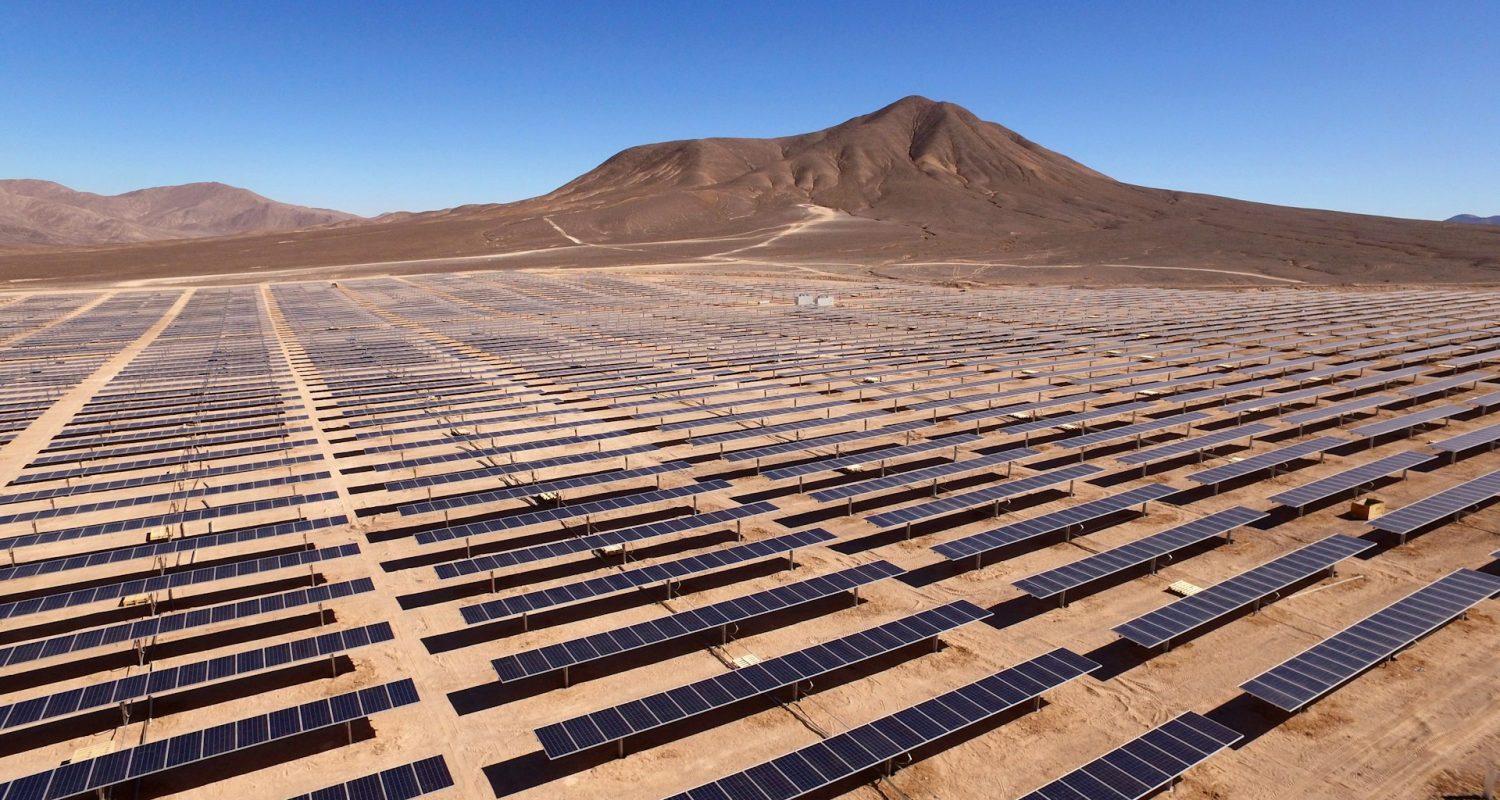The Ultimate Guide to Embracing a Sustainable Lifestyle: Tips and Tricks for a Greener Future
Welcome to the ultimate guide to embracing a sustainable lifestyle! In a world where environmental concerns are growing, it’s more important than ever to make conscious choices that promote a greener future. Whether you’re just starting your sustainability journey or looking to deepen your commitment, this guide is not just a resource, but a companion packed with tips and tricks to help you make positive changes and reduce your impact on the planet.

From simple everyday practices to more significant lifestyle changes, we’ll explore a wide range of strategies that can be easily integrated into your routine. These are not just theoretical ideas, but practical steps that you can start taking today. Learn to adopt eco-friendly habits in home energy consumption, waste reduction, transportation, and food choices. Discover the benefits of upcycling and repurposing, explore sustainable fashion options, and learn how to create a green and chemical-free living space.
Together, we can make a difference and create a better future for our planet. Your individual actions, no matter how small, are part of a collective effort that can bring about significant change. So, let’s dive in and start our journey towards a more sustainable lifestyle. By embracing these principles, we can ensure a healthier planet for ourselves and future generations.
Understanding Sustainable Living
Sustainable living is a lifestyle that aims to minimize our ecological footprint by making conscious choices that promote the health and well-being of the planet. It involves adopting practices and habits that reduce resource consumption, waste generation, and environmental pollution. Sustainable living encompasses various aspects of our daily lives, such as energy use, waste management, transportation, food choices, and even the products we buy and use.

Sustainable living is about finding a balance between meeting our needs and preserving the Earth’s natural resources for future generations. It requires a shift in mindset, where we prioritize long-term well-being over short-term convenience. Understanding the principles of sustainable living is the first step towards embracing a greener lifestyle and positively impacting the planet.
Benefits of Embracing a Sustainable Lifestyle
Embracing a sustainable lifestyle offers numerous benefits for the environment and our well-being. By making conscious choices, we can significantly reduce our carbon footprint and contribute to the fight against climate change. Sustainable living also helps conserve natural resources, protects biodiversity, and minimizes pollution and waste generation.

On a personal level, adopting a sustainable lifestyle is not just about saving the planet, it’s about improving our health and well-being. For instance, organic and locally sourced food not only reduces exposure to harmful chemicals but also supports local farmers, fostering a sense of community. Walking, biking, or using public transportation instead of driving not only reduces air pollution but also promotes physical activity, benefiting our physical health. Additionally, embracing sustainable practices often results in financial savings in the long run, as energy-efficient homes and reduced consumption lead to lower utility bills, providing a sense of financial security.
The Environmental Impact of Unsustainable Practices
Unsustainable practices harm the environment, leading to deforestation, soil degradation, water pollution, and the depletion of natural resources. For instance, the overconsumption of fossil fuels for energy production contributes to greenhouse gas emissions, a significant driver of climate change. The excessive use of single-use plastics and improper waste management pollute our oceans and harm marine life.

The fashion industry is also a significant contributor to environmental degradation. Fast fashion, characterized by cheaply produced clothing designed for short-term use, leads to excessive waste generation and resource exploitation. Harmful chemicals used in textile production pollute water sources and pose health risks to workers and consumers.
Understanding the environmental impact of unsustainable practices is not just essential, it’s urgent. It’s what motivates us to make changes and embrace a more sustainable lifestyle. By recognizing the severe consequences of our actions, we can become agents of immediate and positive change, working towards a greener future.
Tips for Reducing Waste and Embracing Zero-Waste Living
Reducing waste is a crucial step towards a sustainable lifestyle. We can minimize our contribution to landfills by adopting zero-waste practices and promoting a circular economy. Here are some tips for reducing waste and embracing zero-waste living:
- Reduce: Start by reducing the amount of waste you generate. Avoid single-use plastics and reusable alternatives, such as cloth bags, stainless steel water bottles, and glass containers. Buy products with minimal packaging or choose package-free options.
- Reuse: Give items a second life by reusing them instead of throwing them away. Upcycle old furniture, repurpose glass jars for storage, and donate clothes and household items in good condition.
- Recycle: Properly sort and recycle materials that can be recycled. Familiarize yourself with local recycling guidelines and ensure you dispose of recyclables correctly. Look for recycling programs for items not accepted in regular recycling bins, such as electronics and batteries.
- Compost: Composting is a great way to reduce organic waste and create nutrient-rich soil for your garden. Set up a composting system in your backyard or explore community composting options.
- Buy Second-hand: Opt for second-hand items instead of buying new ones. Thrift stores, online marketplaces, and garage sales are great places to find gently used items at a fraction of the cost.
Following these tips can significantly reduce your waste output and contribute to a more sustainable future. Embracing a zero-waste lifestyle benefits the environment and encourages a more mindful and conscious approach to consumption.
Sustainable Transportation Options
Transportation is a major source of greenhouse gas emissions and air pollution, significantly impacting our environment. By opting for sustainable transportation, we can actively reduce our carbon footprint and contribute to cleaner air. Here are some sustainable transportation alternatives that not only benefit us but also the environment:

- Walking and Biking: Opting for these modes of transportation not only helps reduce emissions and promote cleaner air, but it also offers a chance to incorporate physical activity into your daily routine, improving your personal health and well-being.
- Public Transportation: For your daily commute, use public transportation, such as buses, trams, and trains. Public transit systems are designed to transport many people efficiently, resulting in lower overall emissions than individual car use.
- Carpooling: Share rides with colleagues, friends, or neighbors who commute similarly. Carpooling reduces the number of vehicles on the road, leading to decreased emissions and less traffic congestion.
- Electric Vehicles: Consider investing in an electric vehicle (EV) if it fits your lifestyle and budget. EVs produce zero tailpipe emissions, helping to reduce air pollution and dependence on fossil fuels. Additionally, the availability of charging infrastructure is increasing, making EVs a more viable option.

By incorporating sustainable transportation options into our daily lives, we can contribute to cleaner air, reduced traffic congestion, and decreased reliance on fossil fuels.
Green Energy Solutions for Your Home
Home energy consumption is a significant contributor to greenhouse gas emissions. By embracing green energy solutions, we not only reduce our carbon footprint but also cut down on our energy bills. Here are some green energy solutions for your home that can help you save money in the long run:

- Solar Panels: Install solar panels on your roof to harness the sun’s power and generate clean, renewable energy. Solar panels can significantly reduce or eliminate your reliance on the grid, reducing electricity bills and reducing your carbon footprint.
- Energy-Efficient Appliances: Replace old, energy-hungry appliances with energy-efficient models. Look for appliances with the ENERGY STAR label, indicating they meet strict energy efficiency guidelines. Energy-efficient appliances not only save energy but also save you money in the long run.
- Insulation and Weatherization: Improve your home’s insulation to reduce energy loss and improve energy efficiency. Properly insulating your walls, attic, and windows can help maintain a comfortable indoor temperature and reduce the need for excessive heating or cooling.
- Smart Thermostats: Install a smart thermostat that automatically adjusts the temperature based on your schedule and preferences. This helps optimize energy usage and reduces unnecessary heating or cooling.
Implementing green energy solutions is a crucial step towards a more sustainable future. It can significantly reduce our carbon footprint, lower energy bills, and most importantly, contribute to the global effort of combating climate change. The transition to renewable energy sources is not just important, it’s vital for a cleaner planet.
Conclusion :Taking Small Steps towards a Greener Future
Embracing a sustainable lifestyle is a journey that requires commitment and continuous improvement. By implementing the tips and tricks discussed in this guide, you are joining a global movement to gradually reduce our environmental impact and contribute to a greener future. Remember, every small step counts and even minor changes in our daily habits can make a significant difference in the long run, when we all come together.
Educate yourself, stay informed about environmental issues, and inspire others to join you on this journey towards sustainability. By collectively embracing a sustainable lifestyle, we can create a better future for our planet and future generations. Together, let’s make conscious choices and prioritize the well-being of the Earth. The time to act is now, as every action we take today can have a profound impact on our future. Learn more and join the conversation on our Blog
Essential Resources for Enhancing Your Sustainable Lifestyle
Explore a range of tools and resources to deepen your sustainable practices: Save energy with the U.S. Department of Energy’s tips at Energy Saver Guide, reduce waste through Bea Johnson’s Zero Waste Home, find local organic food via Local Harvest, and choose sustainable fashion with Good On You. For eco-friendly products, visit EarthHero, and for recycling guidance, use Earth911’s Recycling Search. These resources will help you make informed decisions that benefit both the environment and your lifestyle.

